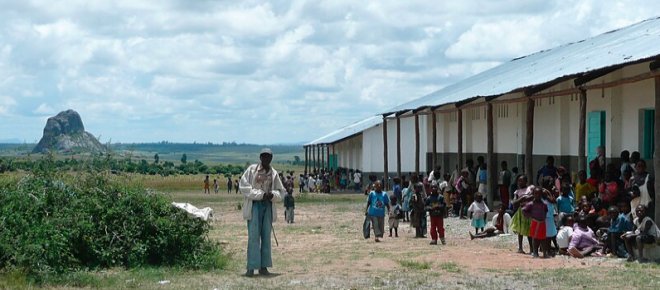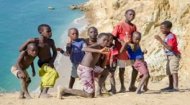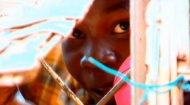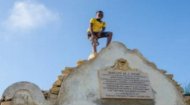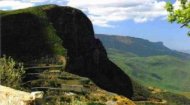|
Angola Education |
Angola Education |
Angola Education | Angola Education |
For information, videos and photos about the country of Angola, check out our Angola profile pages.
More >
|
|
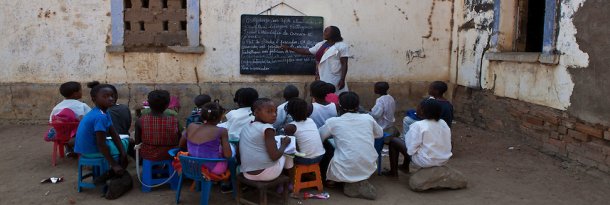
Angola's adult literacy rate was 72.4% in 2022 (the latest year for which figures are available), with the youth literacy rate (ages 15-24) at 83.3% for the same year. The male adult literacy rate was 78.4% and the female adult literacy rate was 62.5% in 2022, indicating a gender gap in literacy. This compares with 80.54% in 2022 in nearby DR Congo for the same year, according to UNESCO, 62.6% for Zambia and 92.3% for Namibia. A defining characteristic of Angola's educational landscape is the severe geographic disparity. Investment and resources tend to be concentrated in urban and provincial capitals, leaving vast rural areas underserved. Children outside of major centres face significantly higher barriers to effective learning, including longer travel times, fewer learning materials, and attendance at structurally deficient schools. This imbalance not only restricts individual opportunity but also poses a challenge to establishing uniform national standards, ensuring that educational outcomes are heavily dependent on a child’s location rather than their potential. Education in Angola consists of eight years of primary education (Ensino de Base) starting at 6yrs old with class sizes of around 42 children, then three years of secondary education (Ensino Medio) which is a three-year general course or a four-year technical/vocational course, culminating in the Habilitacos Literarias followed by tertiary education, although this has only a 0.7% take-up. For many, primary education is divided into two periods, ending the eight years of compulsory education. Angola's education enrollment rates show a primary enrollment rate of around 87% (gross, 2022) and a secondary enrollment rate of about 53% (gross, 2021), but significant challenges exist.Angola's education spending was 2.51% of GDP in 2023, according to World Bank data. For the preceding year, 2022, the figure was 2.33% of GDP. This spending is lower than the global average of 4.15% for education spending as a percentage of GDP. This is despite the fact that Angola is Africa's biggest oil producer after Nigeria, and the country is technically well off. Part of the problem is the nature of the country's government, which tolerates little dissent, so those who criticise the government in a bid to drive up standards can face arrest and jail. Without a better-educated population at a higher level, this situation is unlikely to change in the near future. Looking beyond primary and secondary schools, Angola also faces a critical need to strengthen its vocational and tertiary sectors. The nation’s economy, historically dependent on oil, is seen to require a diversified, skilled workforce to achieve long-term stability and growth. Currently, there is a recognised mismatch between the skills taught in universities and the practical demands of the labour market. Initiatives are underway to expand technical and vocational training centres to better equip young Angolans for employment in fields such as construction, agriculture, and technology. Ultimately, the long-term prognosis for Angolan education hinges on sustained political will, continued investment in teacher professionalisation, and a holistic focus on rebuilding the country's physical and human infrastructure to ensure its burgeoning youth population can drive a prosperous future. The short video (above, left) gives an insight into classroom education in Angola. |
